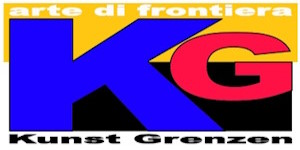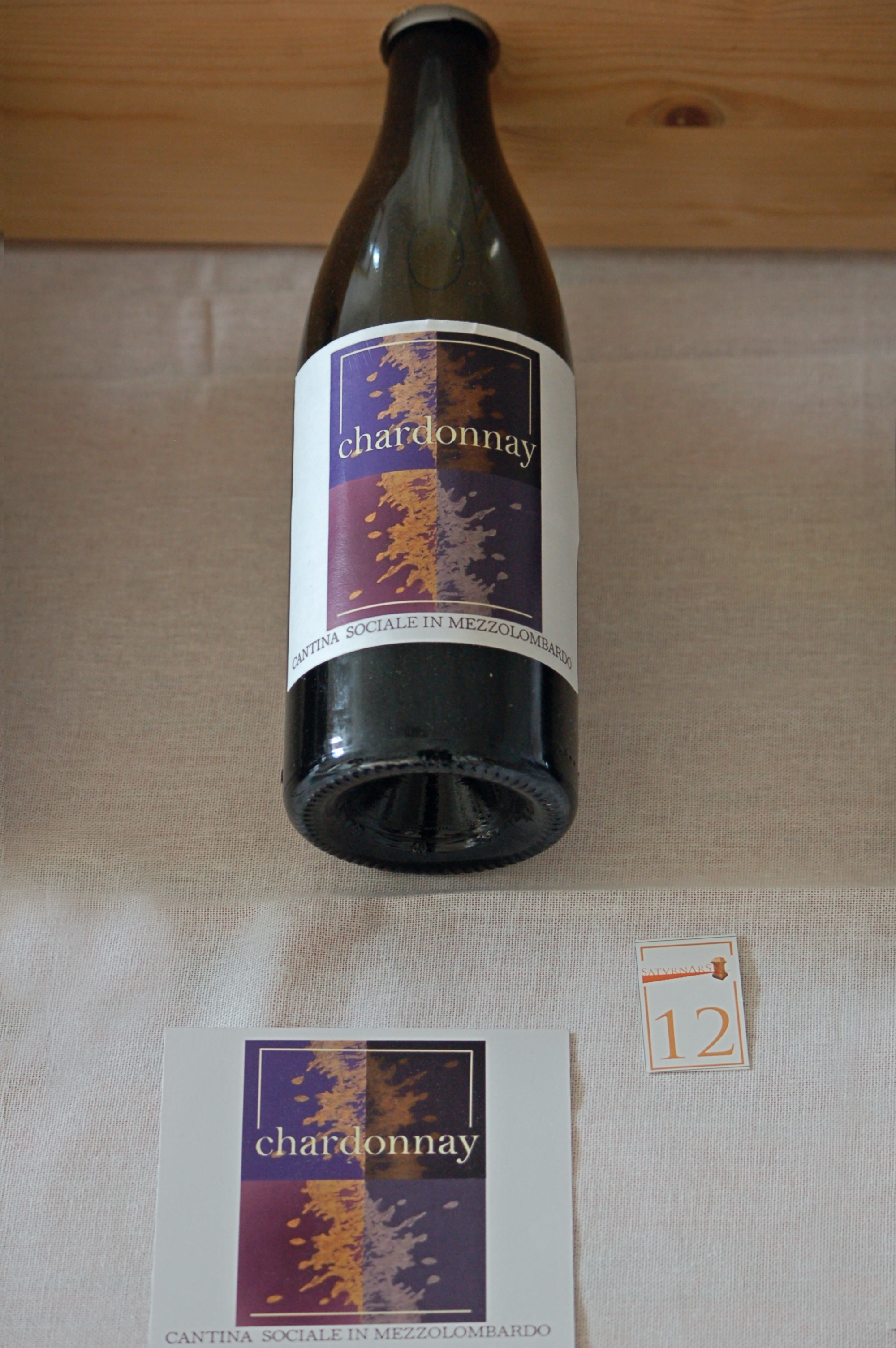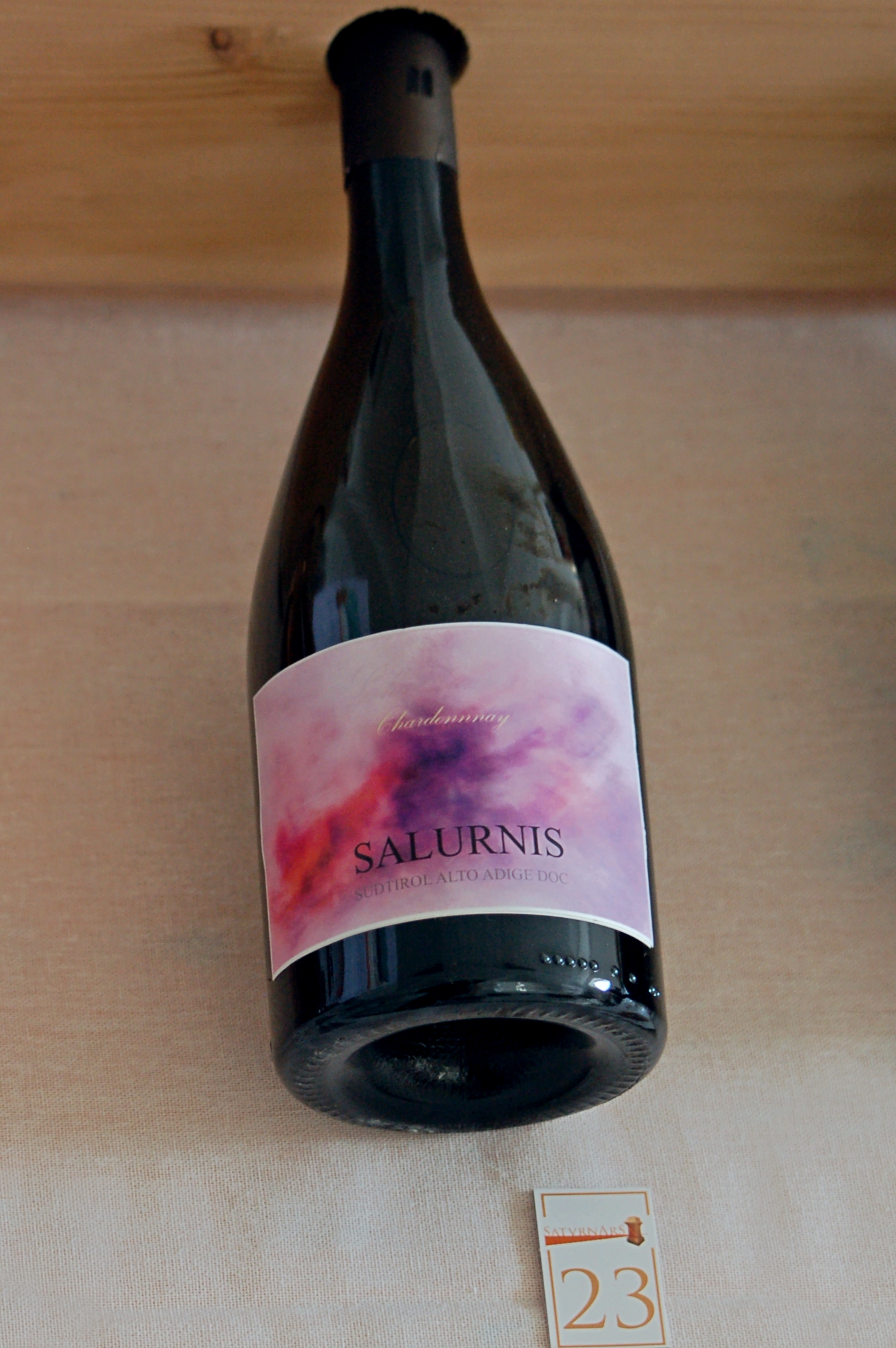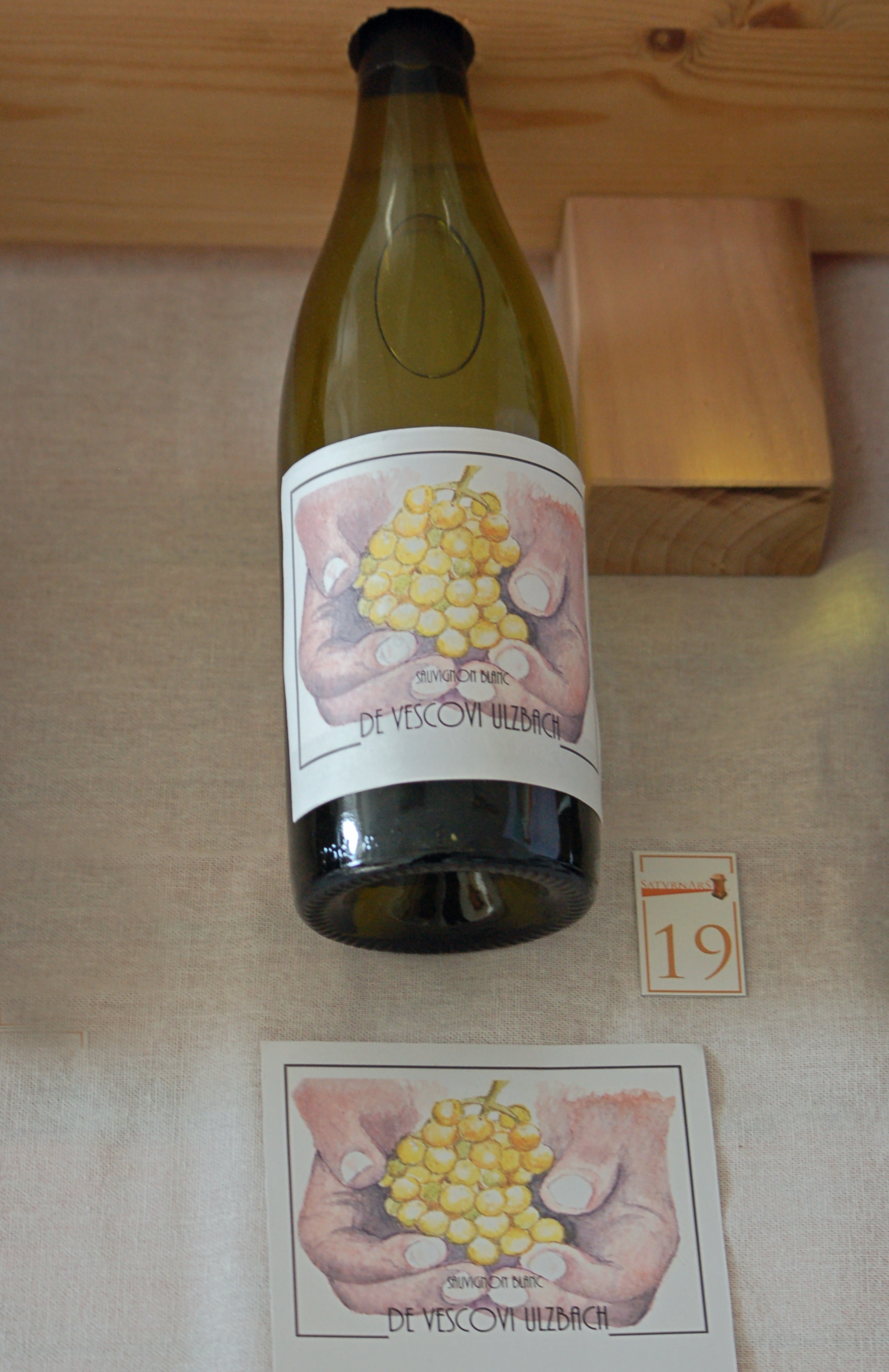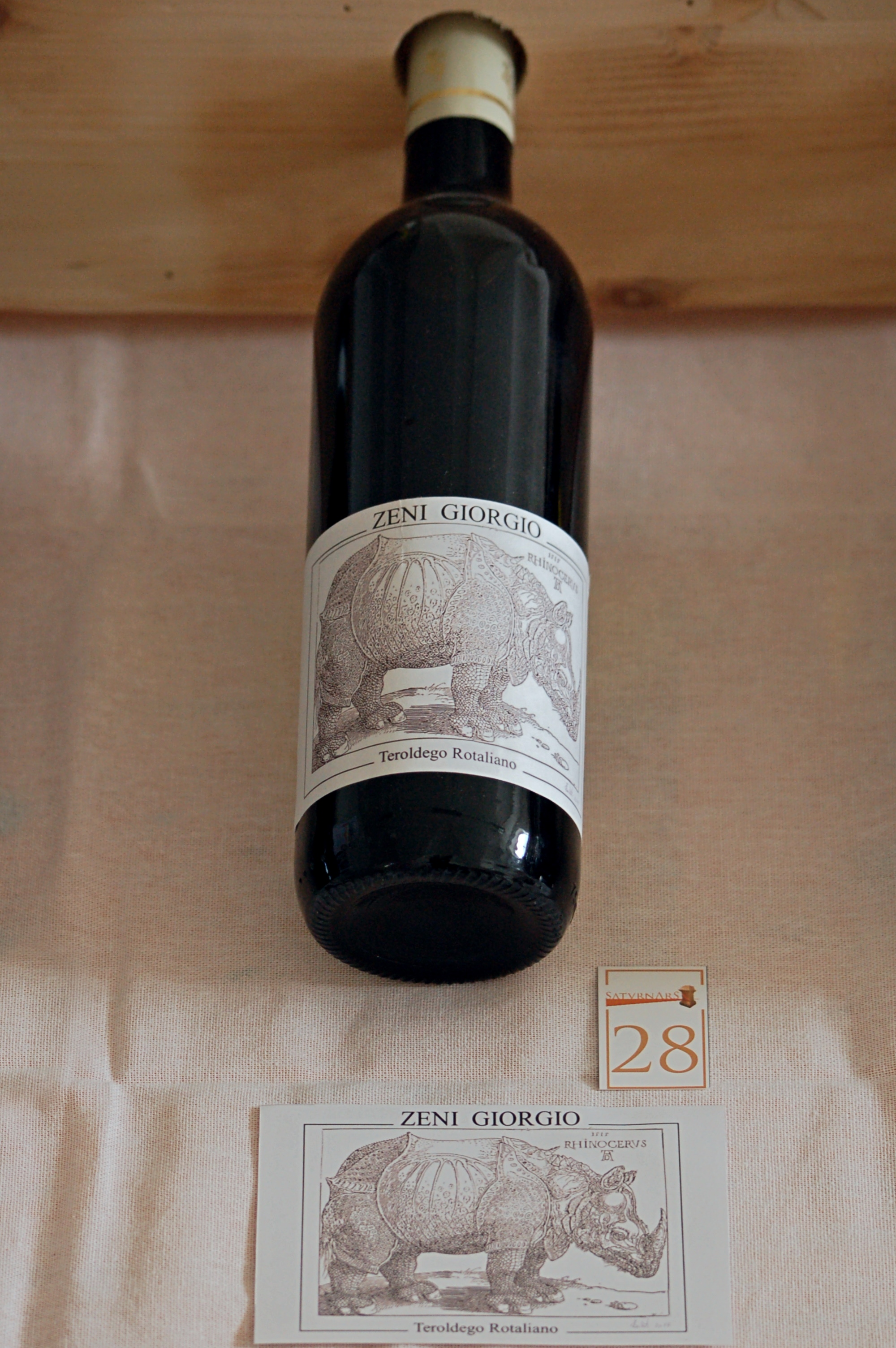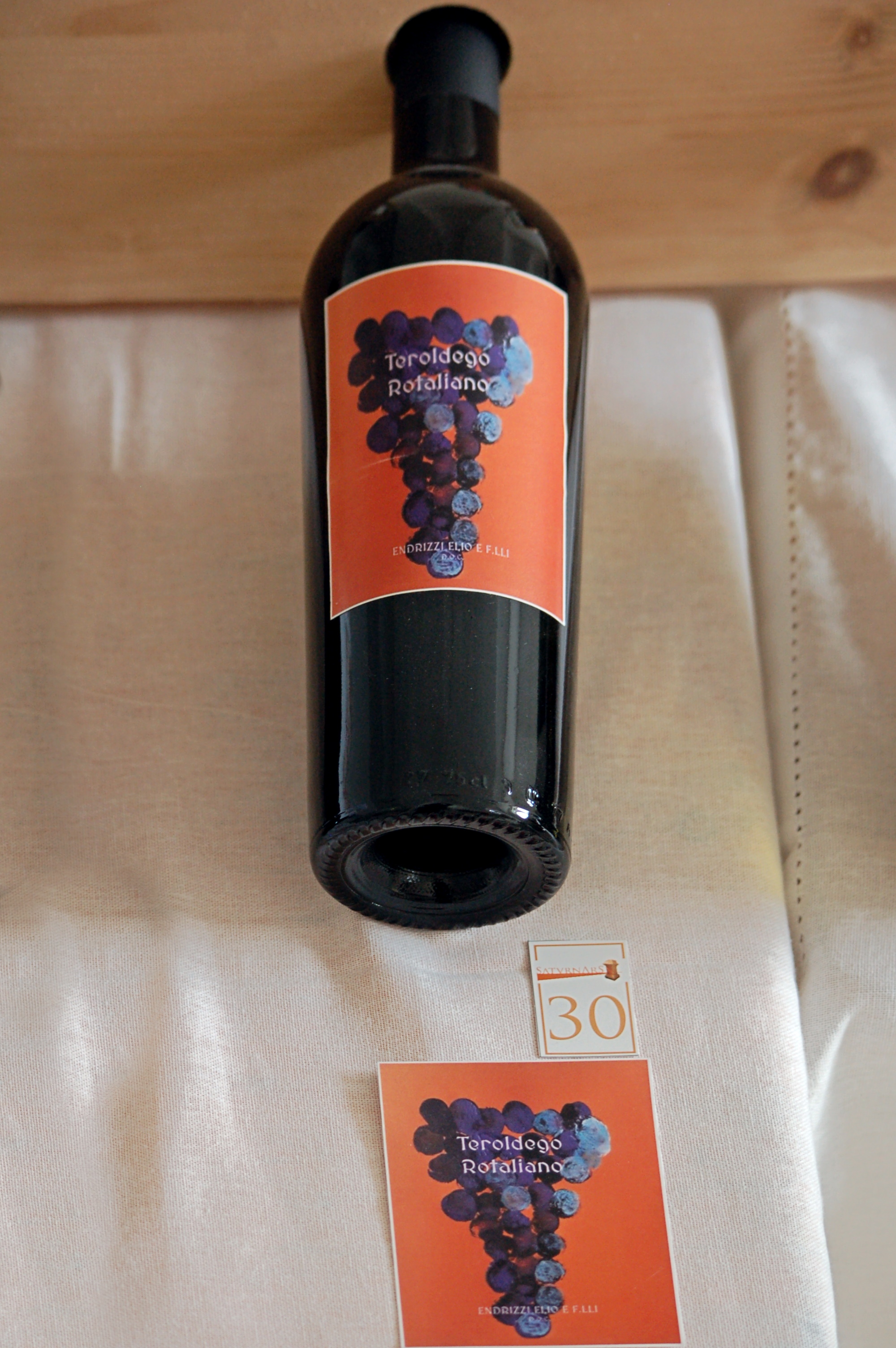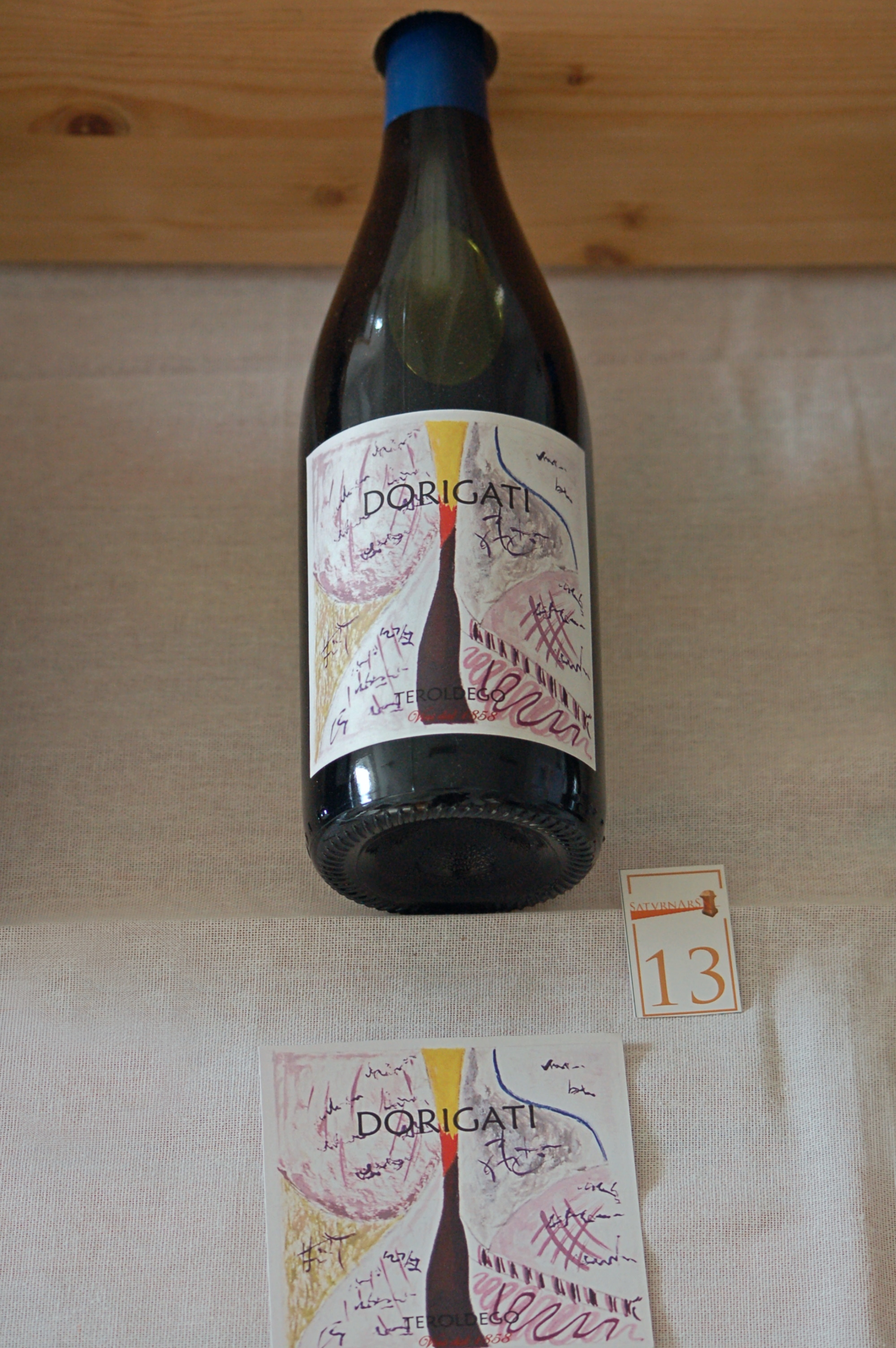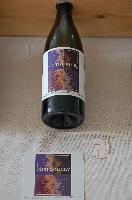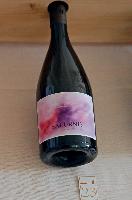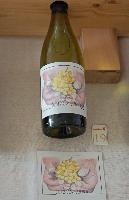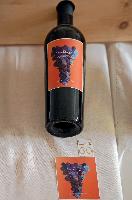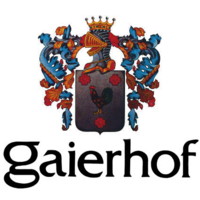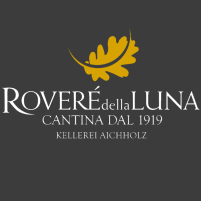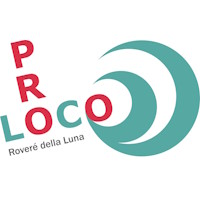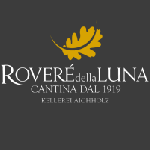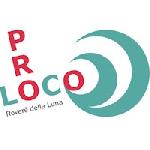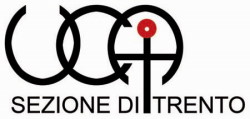Laura Zilocchi was born in Guastalla (Emilia Romagna-Italy) and lives in Brescello (RE), a quiet town on the banks of the Po River made famous by the films of "Don Camillo and Peppone".
When you were very young you attended two masters of Emilian painting such as Bartoli and Moscardini, from whom you also learned the use of Indian ink.
Her artistic history undergoes a significant evolution that transforms the study of classical figurative art and the love for watercolor in still lifes, floral and vegetal subjects, into surrealist research inspired by Mirò and the symbolic elements of ancient writings by Capogrossi. Evolution and experimentation of style characterize Laura Zilocchi's artistic research which includes embroidery, symbols, and fabrics of African women and alphabets. In her most recent compositions, Zilocchi conveys the message that "writing is the foundation of all knowledge."
From the 70s to today he has participated in more than 60 important group exhibitions both in Italy and abroad while in recent years he has held personal exhibitions almost exclusively in institutional places such as the S. Antonio Maria Claret Foundation in Barcelona, the Cà dei Carraresi Museum in Treviso, the Lantern Museum in Genoa, Palazzo Zenobio in Venice and the ARTinGENIO Museum in Pisa.
The artist's works are permanently exhibited at the Artingenio Museum in Pisa, the Lower Friulana Isontina Hospital in Gorizia, the Vernadsky Museum in Moscow, the Municipality of Casal Monferrato in Piedmont, the House Gallery of Xante Battaglia in Gioia Tauro (Calabria ), the UNESCO headquarters in Paris, the MACO Museum in Veroli in Lazio.
Paolo Levi, Mauro Fantinato, Mimmo di Benedetto, Azzurra Immediato, Virgilio Patarini, Grigory Ginzburg, Patrizia Catena, Luciano Carini have written about the artist Laura Zilocchi.
I am interested in history, and archaeology with several publications to my credit.
Natural codes
 Laura Zilocchi -Natural codes (90x60 cm)
Laura Zilocchi -Natural codes (90x60 cm)
acrylic and letter applied to your fabric
Literary meetings
 Laura Zilocchi - Literary meetings (50x50 cm)
Laura Zilocchi - Literary meetings (50x50 cm)
acrylic on canvas
Alphabet
 Laura Zilocchi - Alphabet (40x50 cm)
Laura Zilocchi - Alphabet (40x50 cm)
acrylic on canvas
Journey among the stars
 Laura Zilocchi - Journey among the stars (50x35 cm)
Laura Zilocchi - Journey among the stars (50x35 cm)
acrylics and oil pastels on enlarged watercolor paper
Correspondence
 Laura Zilocchi - Correspondence (60x60 cm)
Laura Zilocchi - Correspondence (60x60 cm)
acrylic on enlarged watercolor paper
Girl with braids
 Laura Zilocchi - Girl with braids (34x42 cm)
Laura Zilocchi - Girl with braids (34x42 cm)
watercolor on Canson paper
